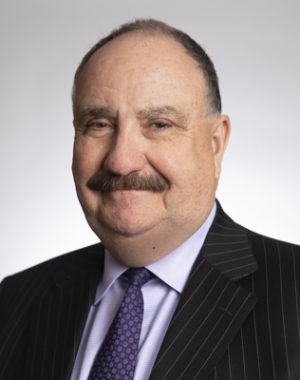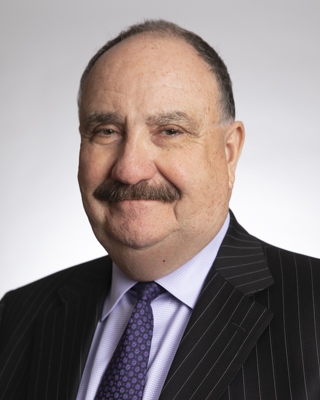In an effort to face reality, pension funds all across America are lowering investment return assumptions to their lowest levels since the 1980s. Stock market volatility and a sustained period of low interest rates are forcing officials responsible for pension plans to let go of the assumption that stocks, bonds, and other holdings will earn on average 8% year after year.
Pension funds fall into the category of “defined benefit plans”, which promise employees a certain amount of retirement income for life based on a formula including years of service and the annual pay at the end of their careers. These promises have become such a daunting liability that most corporations have abandoned defined benefit plans in favor of “defined contribution plans”, such as 401(k)s, which shift much of the retirement burden to employees.
On September 5, 2015, The Wall Street Journal reported that many pension plans across the country have lowered their expected return to 7.68% on average. The New York State Common Retirement Fund has lowered its expected return from 7.5% to 7%.
Managers of pension funds face challenges similar to individuals and families planning for retirement:
- How much do I need to save?
- How do I invest for success?
- What does success look like?
- How much risk do I take?
- What is the expected investment return?
- When can I stop working?
Moving the expected return below 8% has material consequences for pension plans, institutions, and individuals. These sources of capital must save and contribute more in order to make the plans work. According to Jean-Pierre Aubry from the Center for Retirement Research at Boston College, a drop of 1% in expected return (from 8% to 7%, for example) will increase pension funding requirements by 12% annually. That is a daunting increase whether we are talking about group pension funds or individual retirement plans.
Example of Cost-Cutting: Boulder, Colorado
Following three reductions in expected return assumptions, the City of Boulder eliminated 100 jobs and consolidated city programs. In addition, Boulder found considerable savings by replacing tulips planted all over the city with much less expensive wildflowers. The savings from this fairly simple project helped the city come up with the $1.7 million pension contribution needed to make the plan work.
According to the U.S. Census Bureau, local and state contributions to retirement systems have more than doubled in the last decade. That leaves a lot less money for services like education, police, fire, and recreation. Employee contribution requirements have increased by 50% for the same period, leaving individuals and families with less to spend now.
Analysts for public pension plans help directors face reality regarding how much
needs to be contributed annually and how the money should be invested. Certified
Financial Planners™ perform a similar service for individuals and families. In order to make retirement spending sustainable, a family may need to reduce annual travel expenditures from $25,000 to $10,000 or plan on spending $30,000 instead of $50,000 for that new car every seven years. One of the most important aspects of retirement planning is keeping the data and results up to date so that reliable decisions can be made. Boulder could afford tulips when times were good, but needed to substitute wildflowers when the economy faltered. This kind of flexibility is equally important to folks in retirement.
Bad Dreaming
According to Lawrence J. McQuillan, author of California Dreaming: Lessons on How to Resolve America’s Public Pension Crisis, California State Teachers’ Retirement System (CalSTRS) is short $74 – 104 billion that should be invested now to fulfill its promise to teachers. Last year, the California State Legislature passed Assembly Bill 1469 requiring teachers to increase their contributions from 8% annually to 10.25% by 2016, a 28% increase. School districts are required to increase their contribution rate from 8.25% of payroll to 19.1% by 2020, a 132% climb. These increases may save the pension system, but school districts will have less money to hire teachers, repair schools, and build classrooms. Politicians have a history of using CalSTRS to overpromise teachers and underfund contributions.
McQillan advocates that public pensions migrate toward 401(k) plans; the burden on public pension plans is too great and the politics too unreliable. When it comes to financial planning for individuals and families, working with a Certified Financial Planner™ helps create a balanced experience integrating income, spending, saving, and investing, which should avoid the kind of drama we are witnessing with public pension plans at this time.


